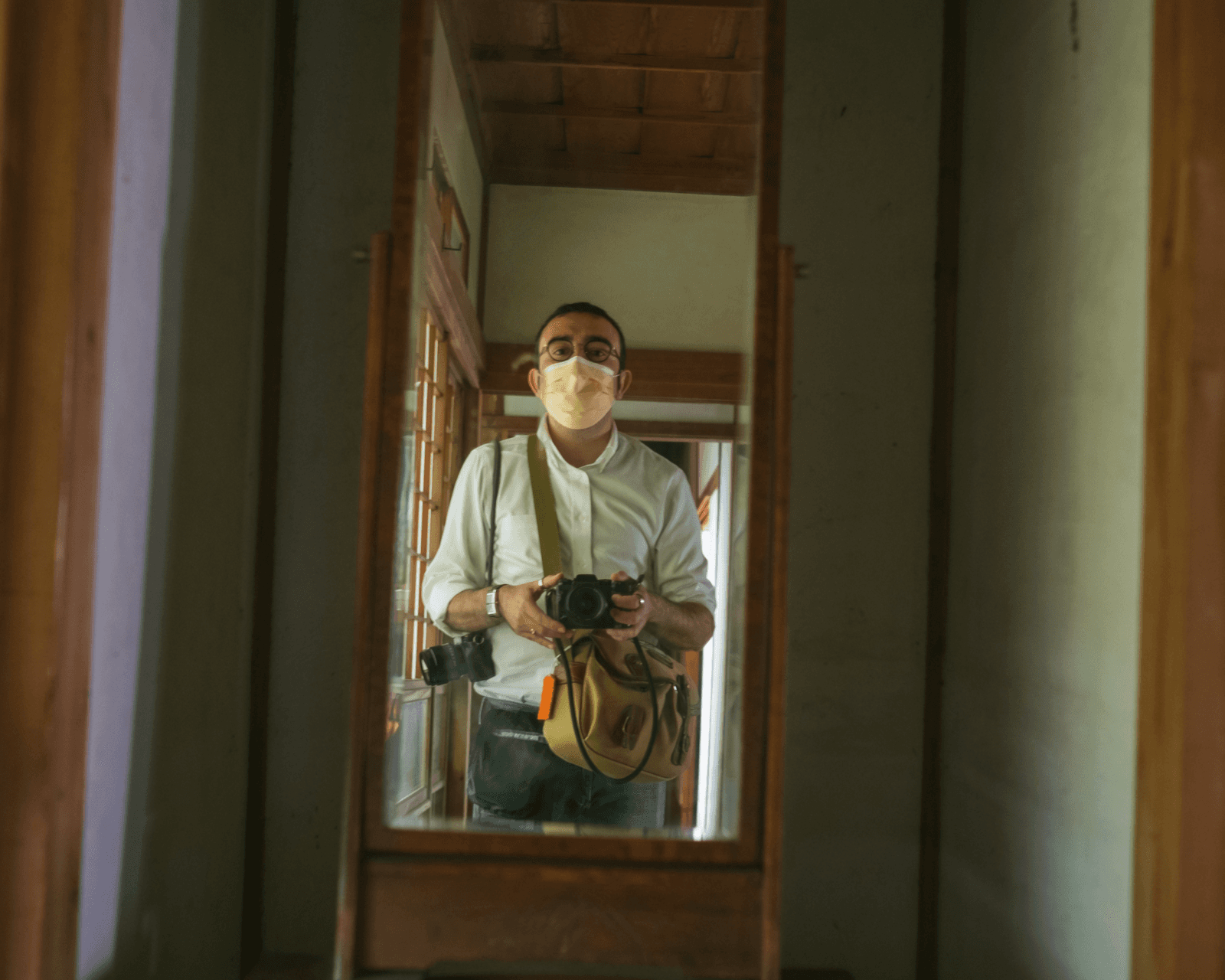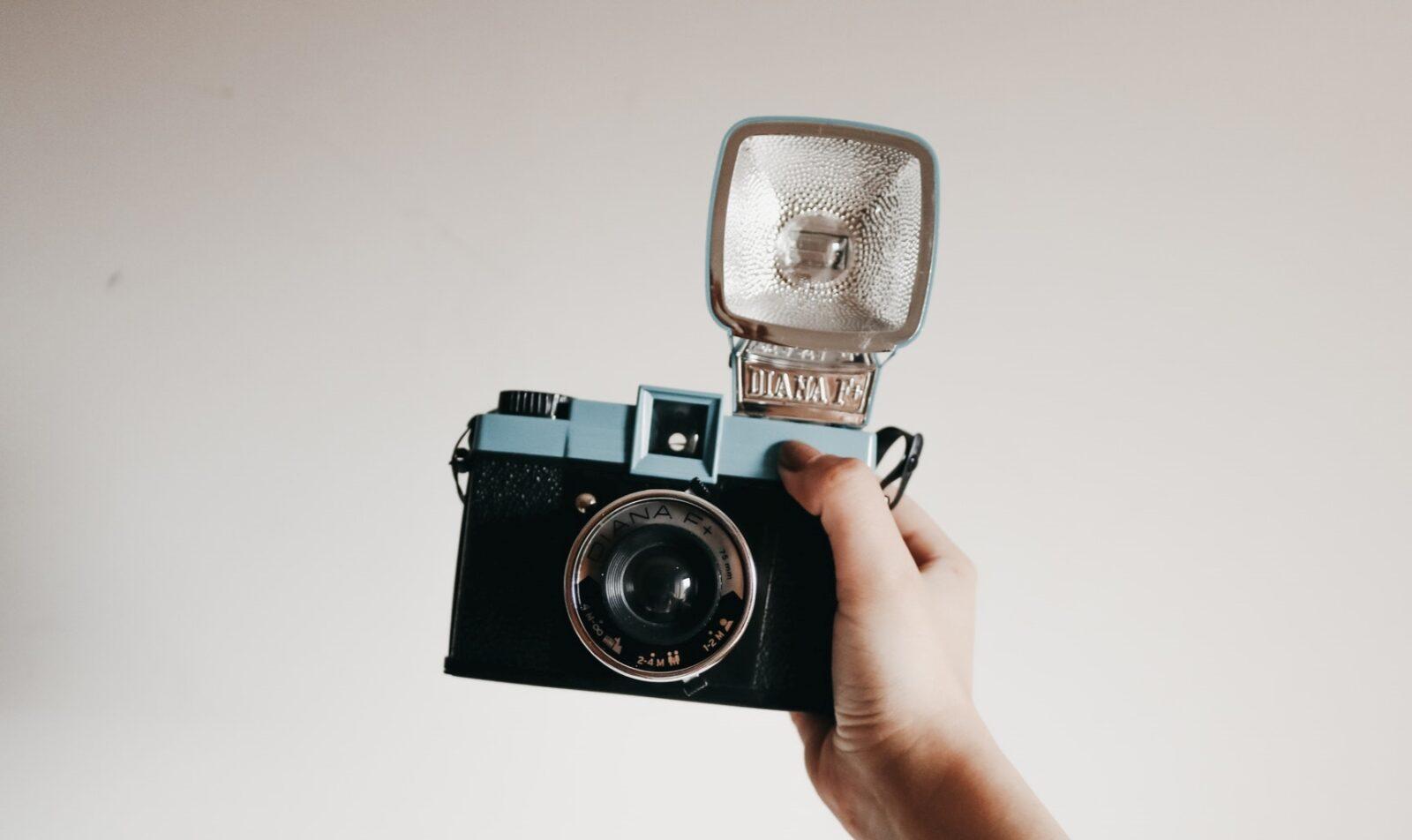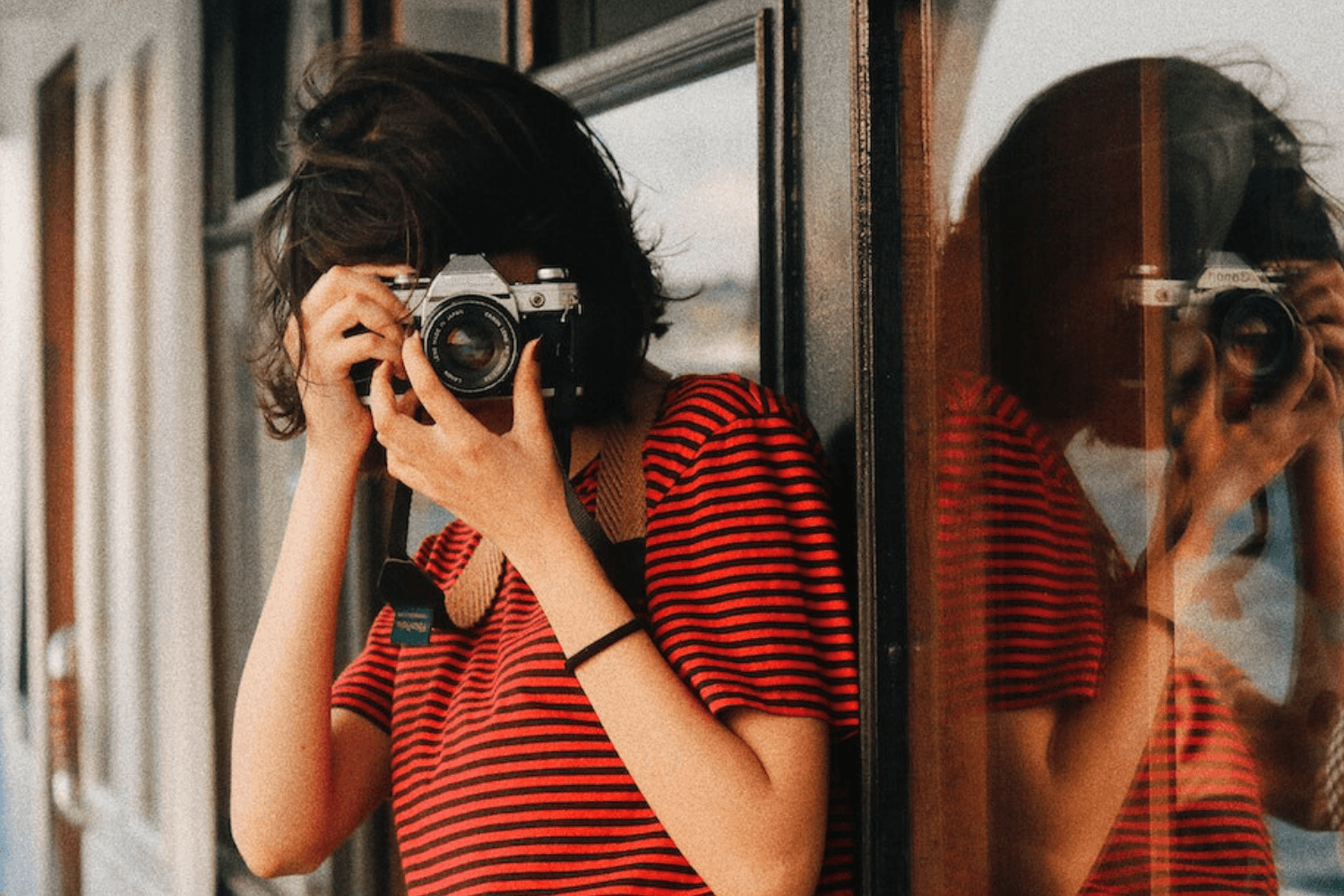10 Anecdotal Tips for Taking Portraits on Assignment
Peter Charlesworth
Wed Jun 29 2022
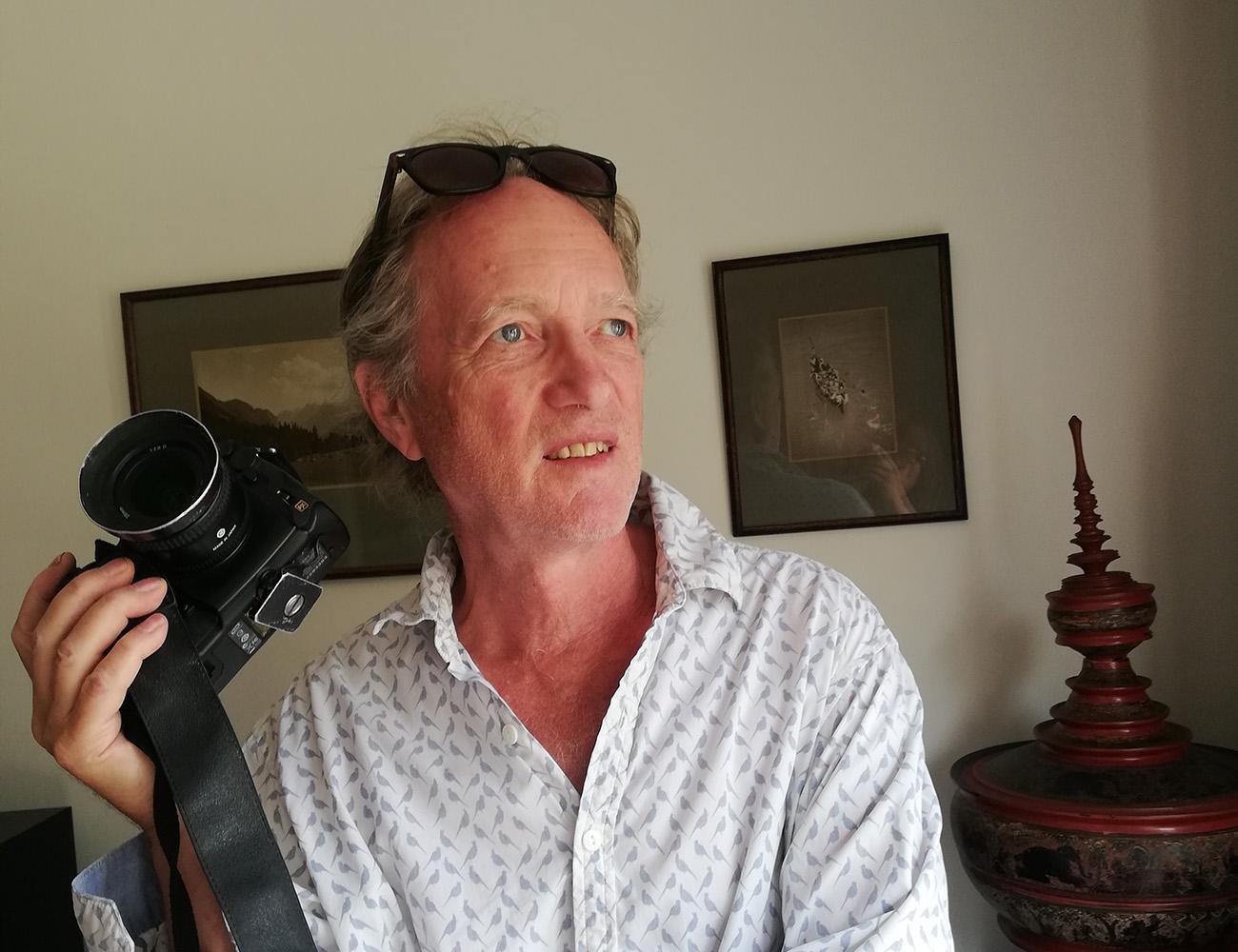
By Peter Charlesworth
These tips for taking portraits on assignment are anecdotes from professional photographer, and one of our Co-Founders, Peter Charlesworth. Peter spent most of his career in Asia on assignment for Time Magazine, Newsweek, the New York Times, Forbes and other major publications. Often his commissions would be to take portraits of prominent people such as CEOs, Prime Ministers and Presidents. Here is his anecdotal guide to taking a memorable portrait.
1. Be a photography ninja
Way back in 1987, Fortune magazine gave me one of my first formal portrait assignments for their magazine. I was to photograph Simon Keswick – the ‘Taipan’ of Hong Kong. ‘Taipan’ is a term used for the head of Jardine Matheson, a company that pretty much ran business in Hong Kong for centuries.
For the shoot, the Taipan’s secretary had promised me an hour to set up, but on the day I was kept waiting for over an hour before she finally ushered me into a large gloomy room decorated with old dark oil paintings. Sensing that I probably did not have much time, I scrambled to get some lights (battery operated strobes) set up. Within a minute I had one light ready and wired into my camera, I was trying to rig up two more lights when the door opened and in stepped Mr. Keswick. “I am a busy man,” he said, no greeting, no handshake, “I have little time for this, please get on with it.”
I asked him to sit in front of a painting of the old Hong Kong water front, turned my light on him, guessed the exposure (I hadn’t even had enough time to take a flash meter reading) and got three frames off before he stood up saying, “Right that’s enough,” and walked out the door. Somewhat stunned I packed up my gear, sent the single roll of slide film off by courier to New York and prayed that I might one day work for Fortune again. Luckily my guessed exposure worked and I lived to shoot another day.
Tip – Expect the worst, get ready fast to at least get something, then you can enjoy the luxury of tweaking your lighting setup or props if and when you find out you still have time.
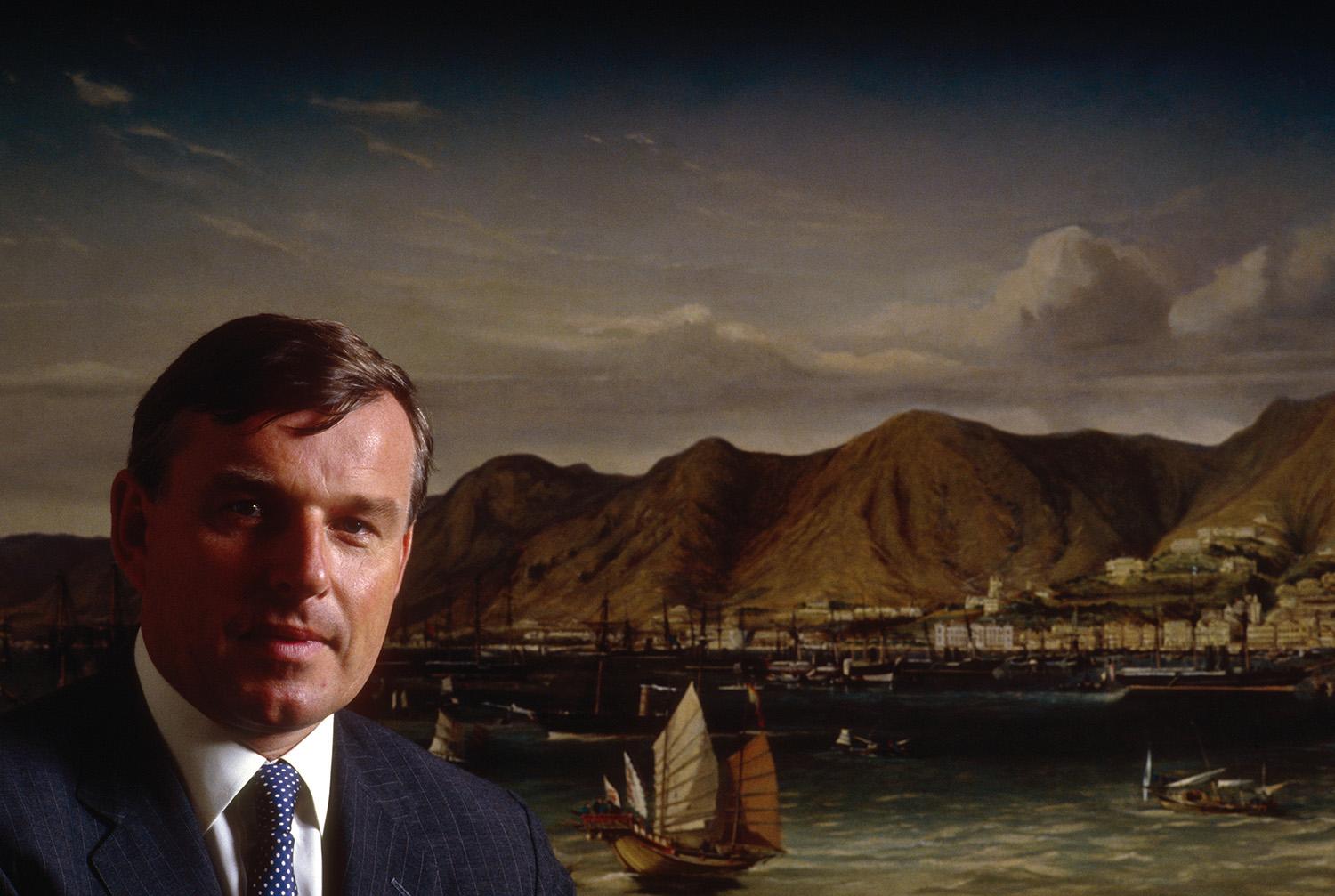 “The Taipan.” Simon Keswick – head of Jardine Matheson. “Taipan” is a term used to describe the boss of Jardine Matheson from the time when the company used to pretty much control all business in Hong Kong.
“The Taipan.” Simon Keswick – head of Jardine Matheson. “Taipan” is a term used to describe the boss of Jardine Matheson from the time when the company used to pretty much control all business in Hong Kong.
2. Massage your subject’s ego
If you have an assignment to take portraits of an important or prominent person for a big magazine, you can probably count on them wanting to be seen glossing that publication’s pages, they know that the article will be read by their peers.
I had managed to persuade Vikrom Kromadit, whose company owns vast industrial estates in Thailand, to bring his Black Lamborghini to the portrait shoot for Forbes magazine. On the day, he drove up and took his shades off as he got out the car, ready to pose. “Mr Kromadit, could you keep the sun glasses on, they look great with the car,” I said “you look really cool!”.
“Sure, why not” he replied despite the spluttered protests of his personal assistant who later called me to ask if I could censor the images with the cool-dude look. Luckily by then it was out of my hands, the pictures where already with the Forbes picture editor and she was not going to allow the company to have editorial control.
Tip – You can make your images have a cutting edge by playing on the egos of your subjects – they want to look good, just make sure they do!
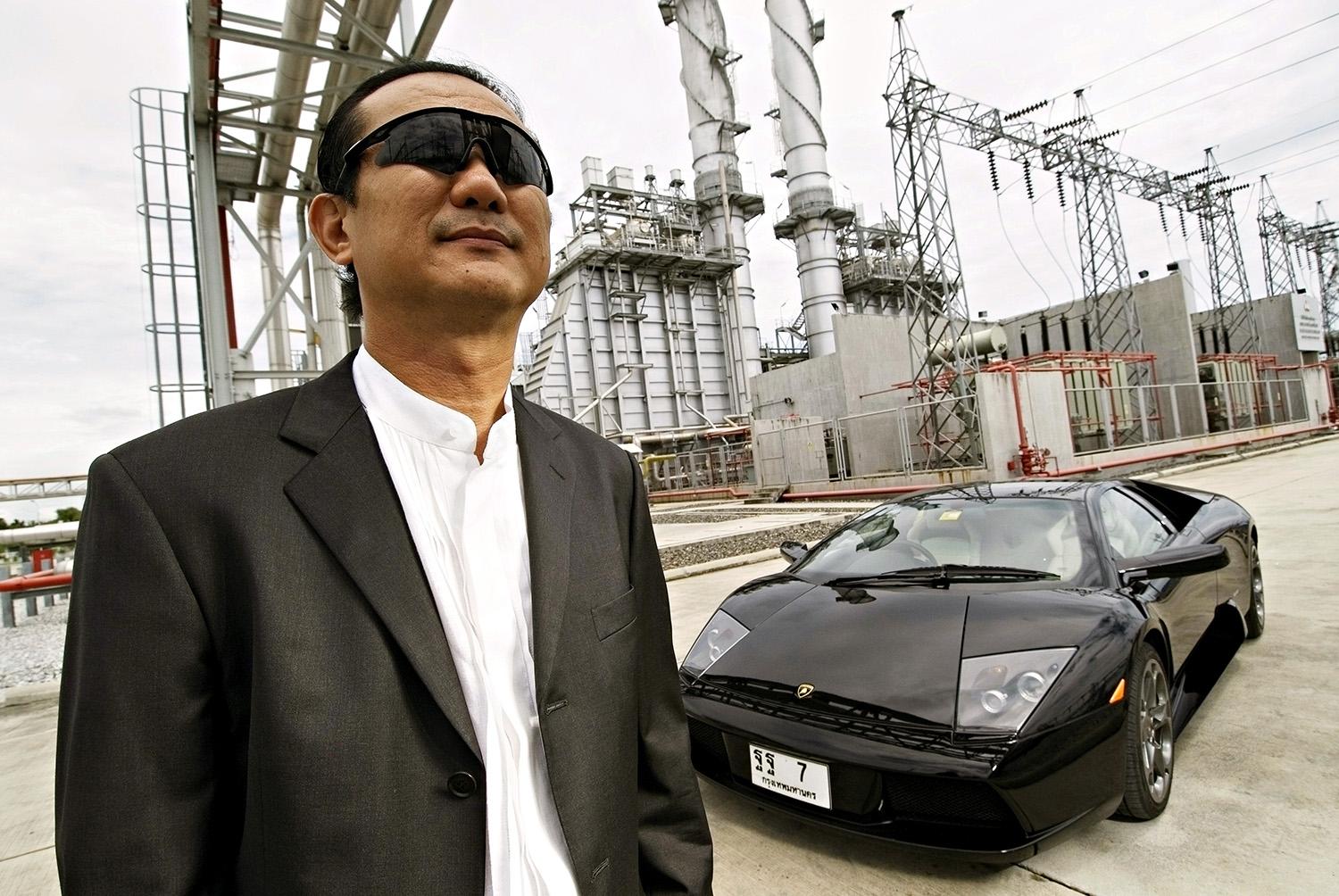 Vikrom Kromadit, CEO of Amata Corp., posing against a backdrop of the power supply plant for the massive Amata Nakorn Industrial Estate.
Vikrom Kromadit, CEO of Amata Corp., posing against a backdrop of the power supply plant for the massive Amata Nakorn Industrial Estate.
3. Bring your own props
“Can you do something with chickens?” I was asked by Michele Hadlow, the Forbes magazine photo editor. She remembered that a few years back I had visited a farm with Dhanin Chearavanont, Chairman and CEO of Charoen Pokphand – a multibillion dollar company and one, if not the, biggest producers of chickens, eggs and pork in Asia. He had previously posed for me in rural Thailand with his favourite fighting cock. But this time the photo-shoot was to be in Bangkok at his office. This was going to be a hard egg to crack (pun intended).
It took the better part of the day before the shoot scouring every market around Bangkok for what I needed. The following day Mr. Chearavanont’s staff were intrigued by the scuttling noises in the cardboard box I carried in to his office. I promised them that I would abide by the Chairman’s wishes should he not want to be photographed with my props. When he walked into the room, I opened the box to reveal 12 new born chicks. I need not have worried, he delved into the box and picked up two bundles of feathers and immediately agreed to be photographed with them. The hardest part was getting three chicks to line up and all look at the camera.
Tip – Think outside the box – or just bring the box with you.
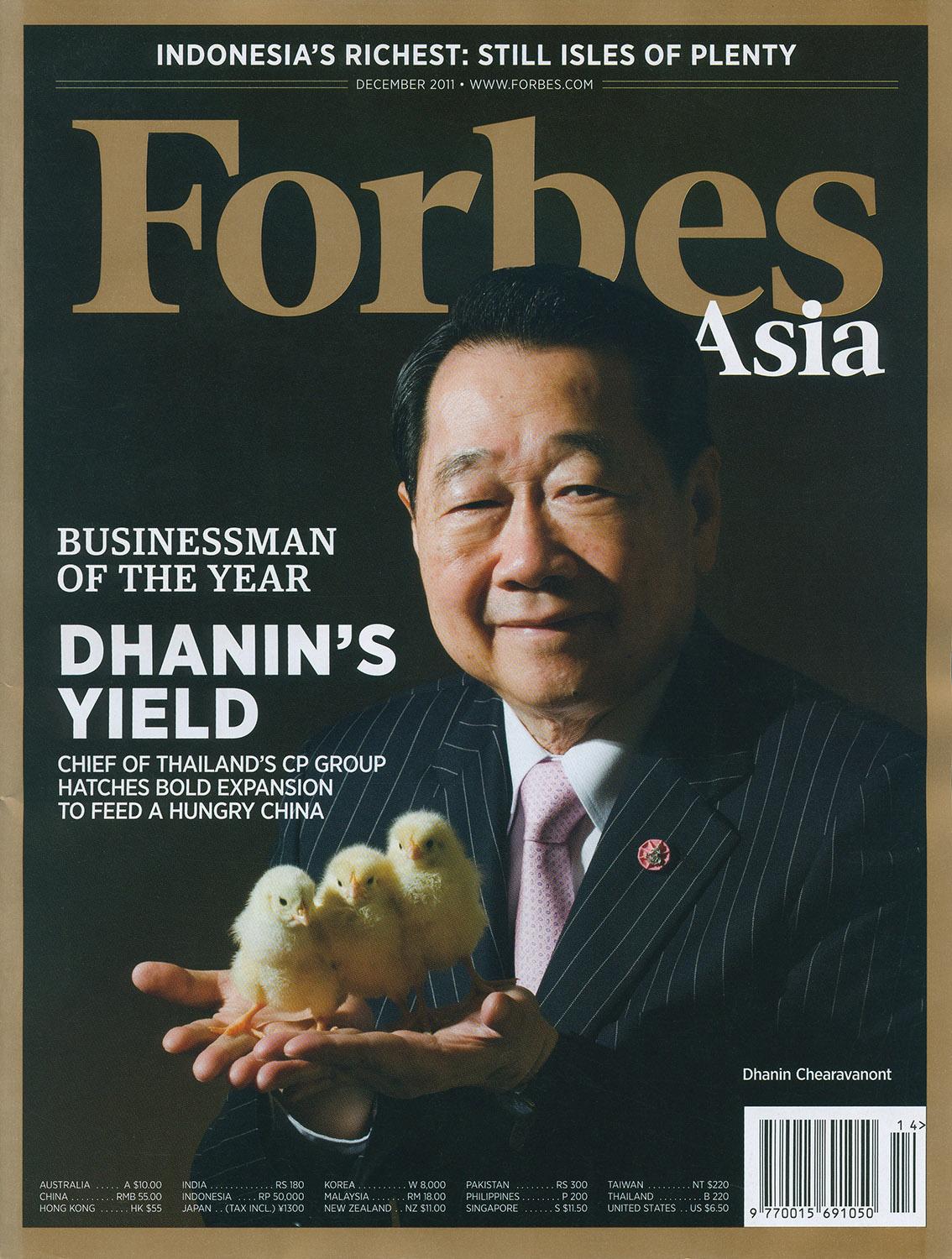 Cover of Forbes magazine featuring Businessman of the Year, Dhanin Chearavanont, Chairman and CEO of Charoen Pokphand Group (Thailand), holding three chicks.
Cover of Forbes magazine featuring Businessman of the Year, Dhanin Chearavanont, Chairman and CEO of Charoen Pokphand Group (Thailand), holding three chicks.
4. Don’t be afraid to ask
Having waited three days in a hotel in Islamabad, hardly daring to leave my room in case the phone should ring. I finally got the call and details of my appointment with the President of Pakistan, Mohammad Zia Al-Haq, for a portrait shoot for the New York Times magazine. I had been assigned an hour and figured I would be lucky if I got much more than a few boring pictures in an office. Luckily, as the President was introduced he said, “I am so sorry, I have just been told we made you wait for 3 days for this appointment, is there anything I can do for you?”.
“Actually there is,” I replied, “I can of course photograph you in your office now, but it will probably not be a very exciting photograph, would it be at all possible to spend some time with you so I could get something more candid, rather than some formal picture right now?” He immediately agreed and said I could join him the next day for his scheduled trip to Murree; a hill station where he was to spend some time with his family and even play golf. The magazine ran a double page spread of the portrait of Zia Al-Haq from the golf course – just a little bit more exciting than him sitting behind his desk.
Tip – If you don’t ask, you won’t get.
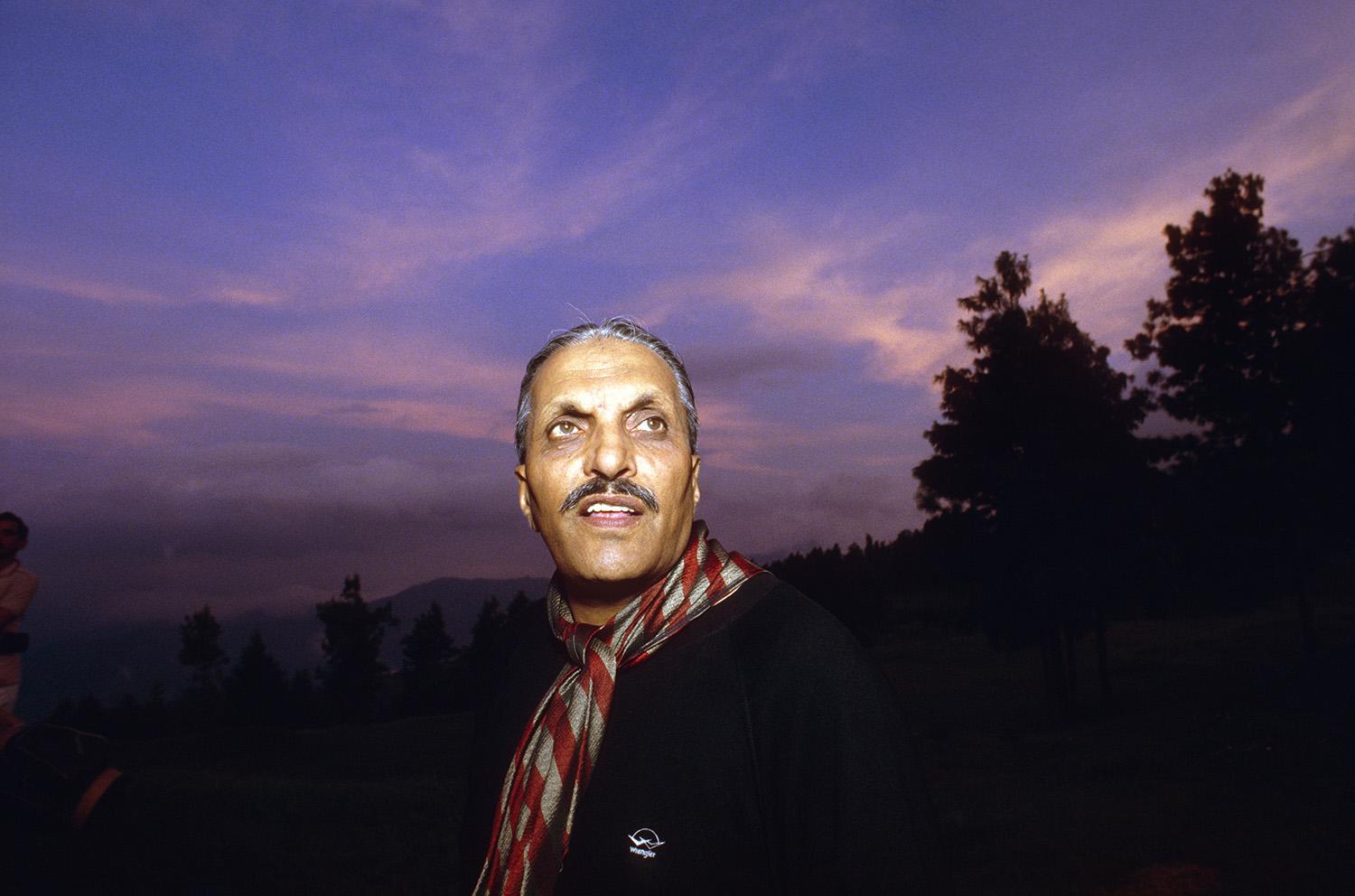 President of Pakistan General Mohammad Zia Al-Haq relaxes during a game of golf on a course near Murree.
President of Pakistan General Mohammad Zia Al-Haq relaxes during a game of golf on a course near Murree.
5. Environmental portraits
An environmental portrait is one where you stick somebody in their environment. In other words, you show them doing what they do with a background that tells the story. People magazine had asked me to photograph Richard Lair, one of Thailand’s leading experts on elephants who was working for the Thai Elephant Conservation Center. As part of the Centers fund raising efforts he had started an elephant orchestra – yes they really can play instruments and enjoy it. (Although I am not sure how the sales of the music CDs went).
Even though I had, like many, been advised not to work with children or animals, this was an environmental portrait I could not resist. Especially as People magazine had given me carte blanche to buy what I needed. So, after a trip to the tailor for a set of tails, the musical instruments shop for a conductor’s baton, and the hardware store for 200 meters of electrical cable so I could run some big lights over to where we were to shoot the orchestra and their maestro, I was ready.
Tip – Try to work for publications with big budgets!
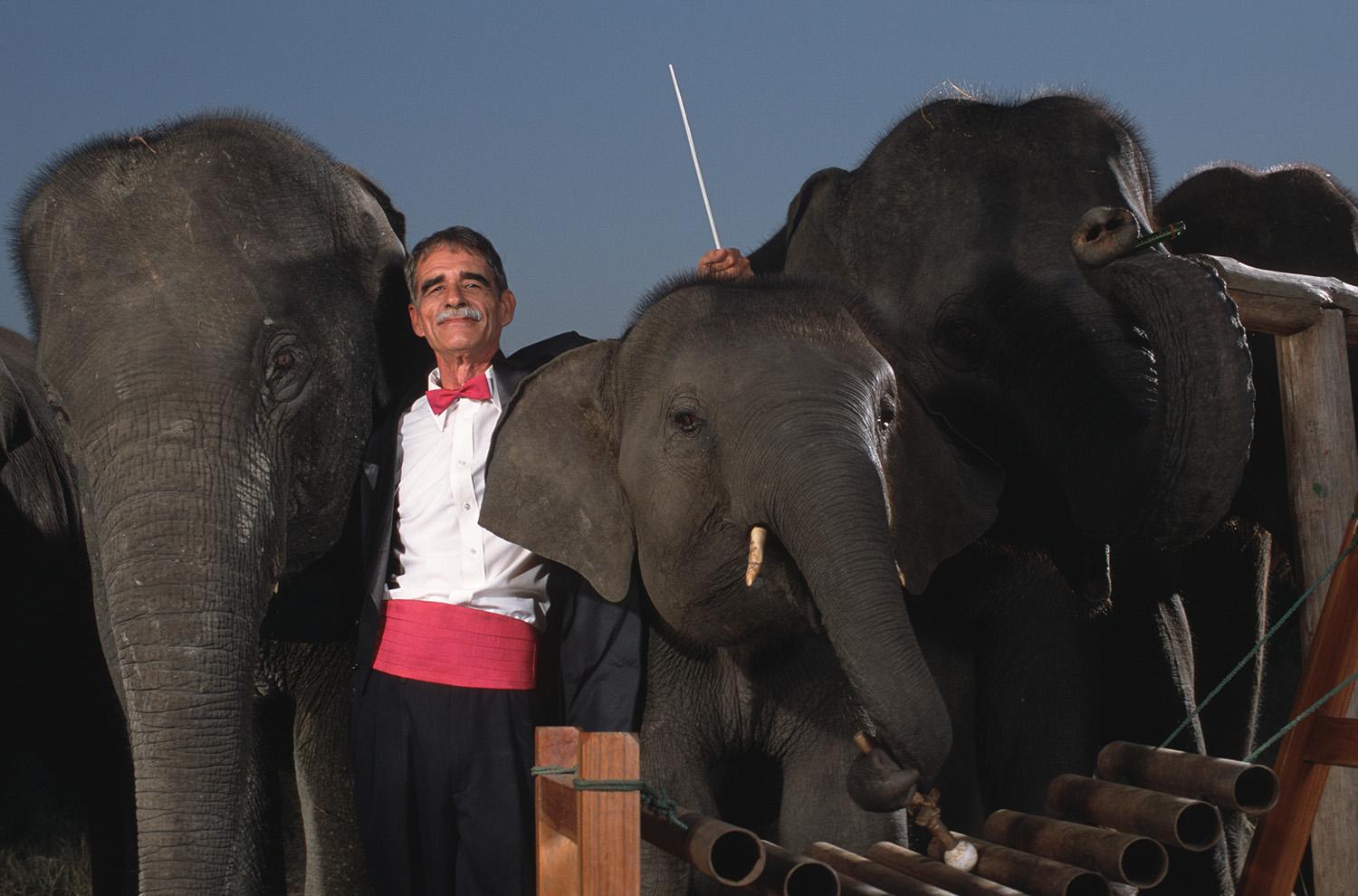 Richard Lair conducts the Thai Elephant Orchestra. Since the ban on logging in Thailand took effect more than a decade ago, most of the domesticated elephants are now unemployed. The Thai Elephant Conservation Center (TECC) has taken to providing alternative employment. Elephant treks, elephant painting, elephant shows and the Elephant Orchestra.
Richard Lair conducts the Thai Elephant Orchestra. Since the ban on logging in Thailand took effect more than a decade ago, most of the domesticated elephants are now unemployed. The Thai Elephant Conservation Center (TECC) has taken to providing alternative employment. Elephant treks, elephant painting, elephant shows and the Elephant Orchestra.
6. Use lighting
In this digital age, where cameras can shoot in lower and lower light conditions, it is always tempting to just whack up the ISO on your camera and shoot with whatever available light you have. But it may pay to take just a couple of small strobes with you to a portrait session. Along with a small bag of tricks like some colour filters (click here for more tips on flash photography).
I had to shoot the president of a Thai steel mill company that had just had a financial meltdown. He was in charge of setting up a massive corporate restructure in the hope of saving his company. They gave me a room to shoot in that looked more like a public toilet with its glass paneled windows. But with some gels on some lights in the corridor outside, and with Sawasdi Horrungruang sitting holding tightly to his chair, I like to think I created some steel mill fire with some economic crash tension.
Tip – Take some lights, don’t just wind up the ISO and you can create some interesting effects.
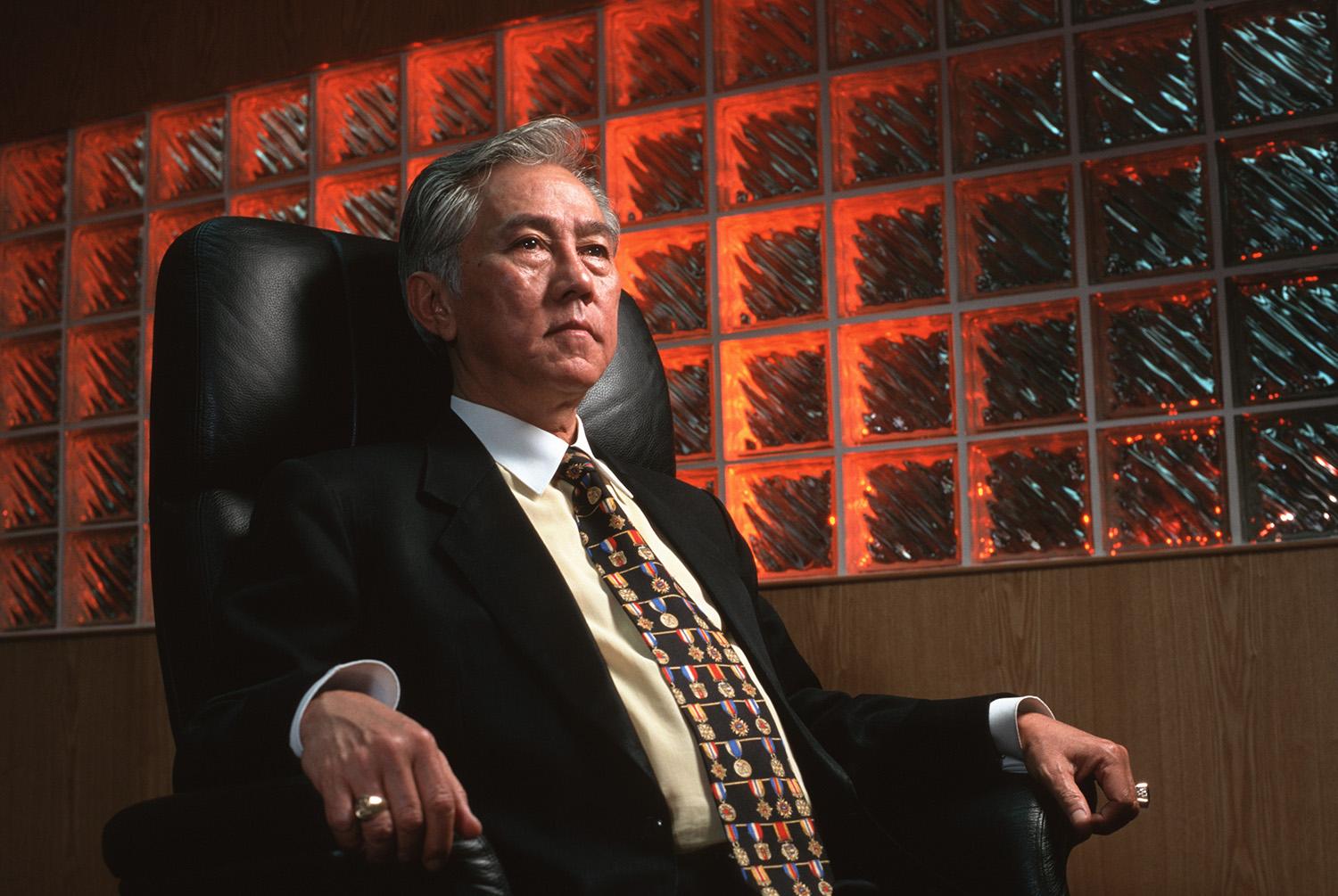 Nakornthai Strip Mill (NSM) President, Sawasdi Horrungruang, sits in his office in Bangkok. His steel mill company has faced economic ruin and collapsed after the economic crash of 1997, it is now undergoing massive financial reform and restructuring.
Nakornthai Strip Mill (NSM) President, Sawasdi Horrungruang, sits in his office in Bangkok. His steel mill company has faced economic ruin and collapsed after the economic crash of 1997, it is now undergoing massive financial reform and restructuring.
7. Choose the right time for outside portraits
It goes without saying that the light in the mornings and evenings makes for better pictures, no matter where you are in the world. The same thing applies to portraits. When you are thinking of an outside portrait session, try to persuade your subject (or more likely their PR secretary) to let you shoot at dawn (unlikely) or dusk. If you do get the right time and you take just a small off-camera light, you can create something special. Chalermchai Mahagitsiri, CEO of one of Asia’s largest shipping companies agreed to be photographed down at the container port at dusk’s (and a little bit of my own) light.
Tip – Shoot early, shoot late.
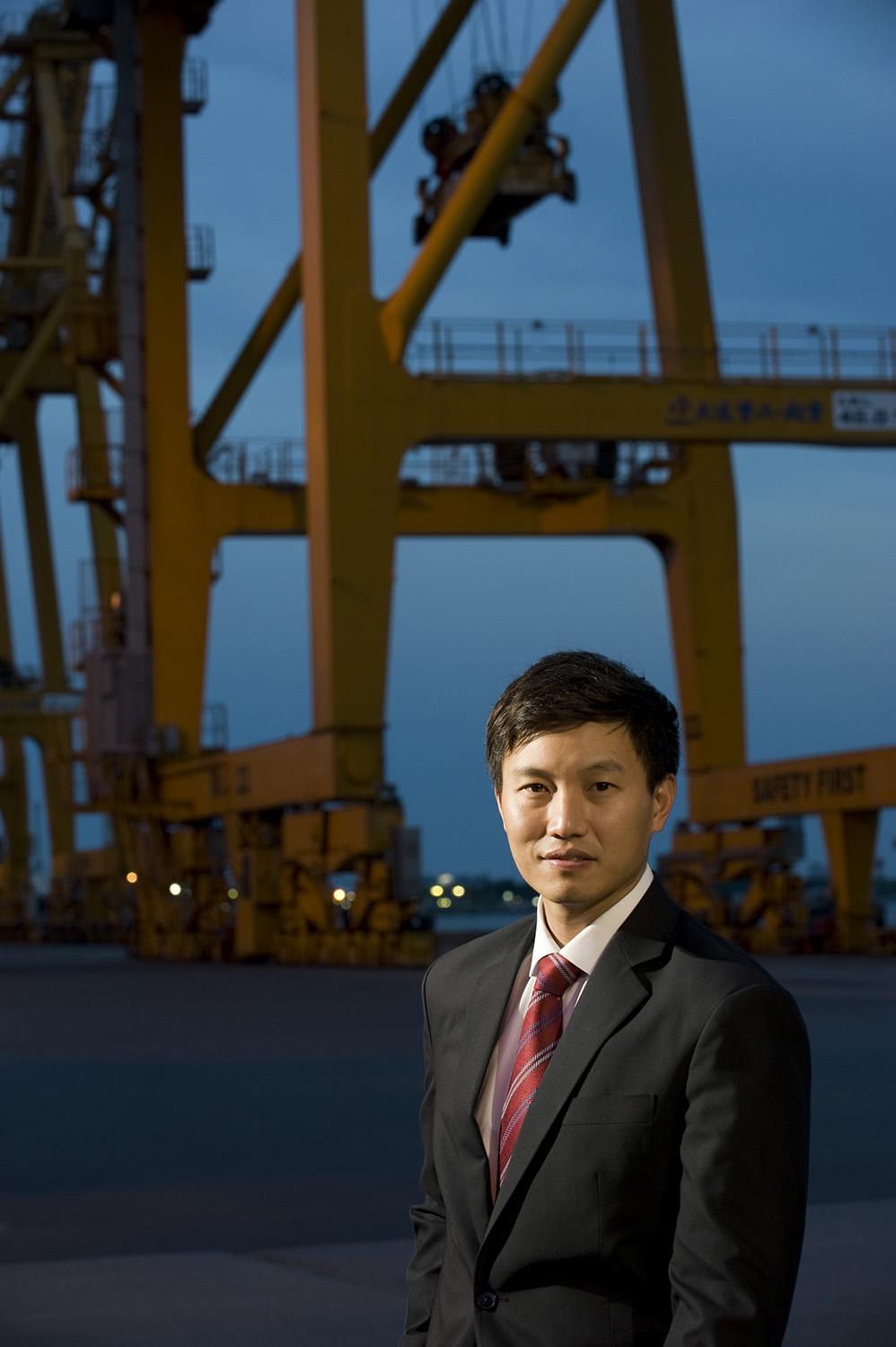 Portrait of Chalermchai Mahagitsiri, CEO of the PM Group Company Limited at the main cargo port in Khlong Toei Bangkok. The PM Group recently took over Thoresen Thai Agencies, one of Thailand’s biggest shipping companies.
Portrait of Chalermchai Mahagitsiri, CEO of the PM Group Company Limited at the main cargo port in Khlong Toei Bangkok. The PM Group recently took over Thoresen Thai Agencies, one of Thailand’s biggest shipping companies.
8. Keep it simple
Sometimes you don’t need props, you don’t need lights, you don’t need much at all. A background can simply tell the story. Walking around a slum area of Bangkok with Hernando De Soto, a Peruvian economist and innovative thinker who heads up the Institute for Liberty and Democracy, we searched for an environmental background for a portrait for Forbes, “Shall we try and find some kids playing on the streets?” he asked me as we took a rest in the shade, “no, just stay where you are,” I replied.
Tip – You don’t need more than simplicity to make an environmental portrait.
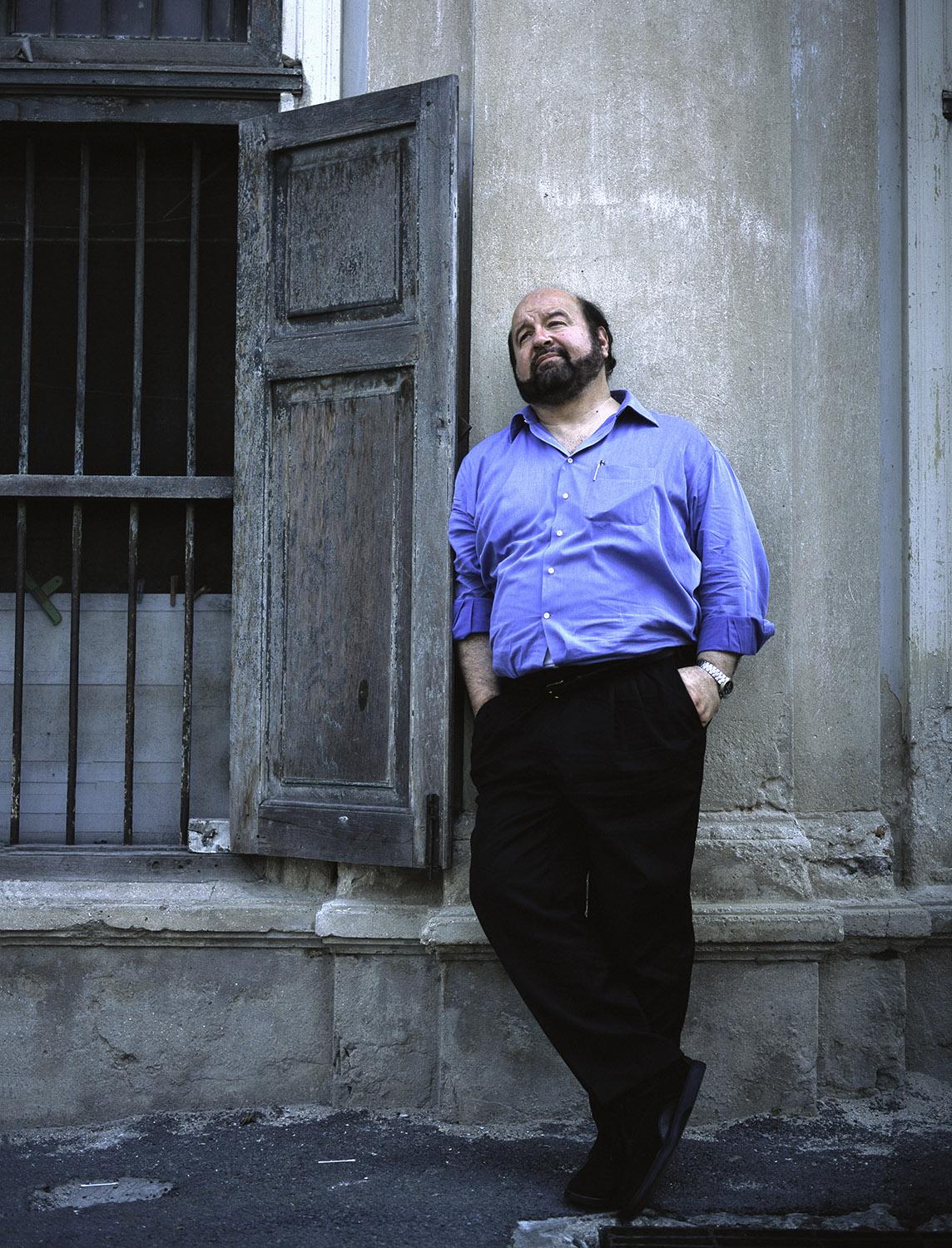 A portrait of Hernando De Soto, economist and innovative thinker on a visit to Bangkok. He is head of the Peruvian organisation, Instituto Libertad Y Democracia.
A portrait of Hernando De Soto, economist and innovative thinker on a visit to Bangkok. He is head of the Peruvian organisation, Instituto Libertad Y Democracia.
9. Have some fun
If your subject has a sense of humour, it could be time for a bit of fun. So don’t be afraid to ask to shoot something a bit on the wild side. I could tell that Bill Bensley, a landscape architect and resort planner whose architectural projects range from palaces to collaborations with people like Norman Forster, could see the funny side. Sure enough, he agreed to pose on a swimming pool diving board in the gardens of his Bangkok headquarters.
Tip – Have a few funny stories or anecdotes at hand so that if you get a chance to chat with your subject you can put them at ease and maybe do something a bit different.
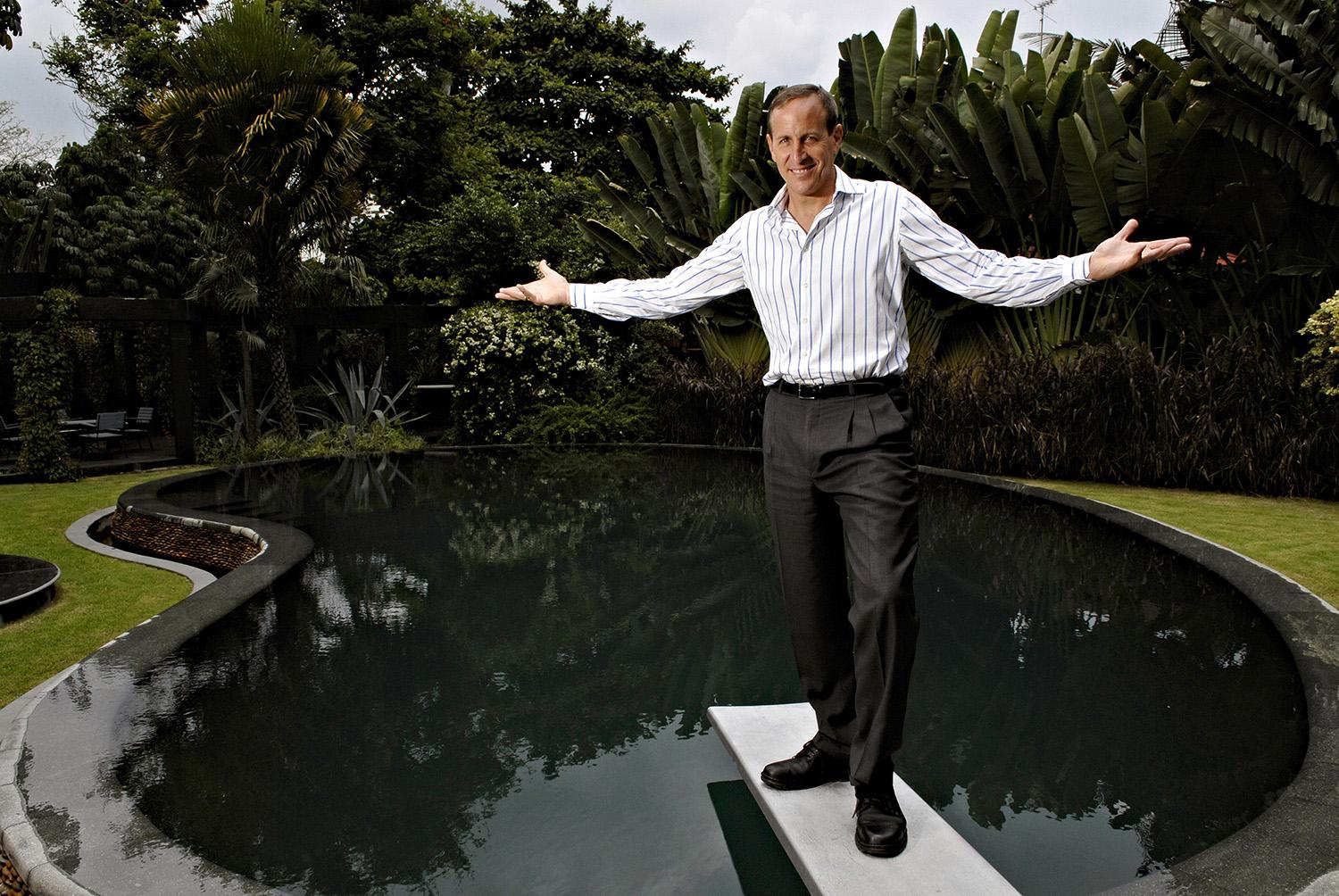 Bill Bensley, a landscape architect and resort planner, poses on a swimming pool diving board in the gardens of his Bangkok headquarters, Bensley Design Studios.
Bill Bensley, a landscape architect and resort planner, poses on a swimming pool diving board in the gardens of his Bangkok headquarters, Bensley Design Studios.
10. Like a scout, it never hurts to ‘be prepared’
Taking portraits of men or women in suits is always a challenge. Especially if the public relations person you are dealing with is insisting that you take the portrait in an office with the ‘suit’ sitting at a desk. This is an absolute portrait no-no, do anything you can to avoid this.
Herded into Cambodian businessman Kith Meng’s office for what was about to become Forbes Magazine’s most boring portrait of all time, I pulled out a polaroid of a set up I had already prepared in a building site near Meng’s office with my assistant posing by a cart of bricks. “That looks great,” said Meng and off we trooped to take his picture, with him looking every bit the real estate tycoon that he was.
Tip – Be prepared, get set up in advance and wangle your way past obstructive PR officers
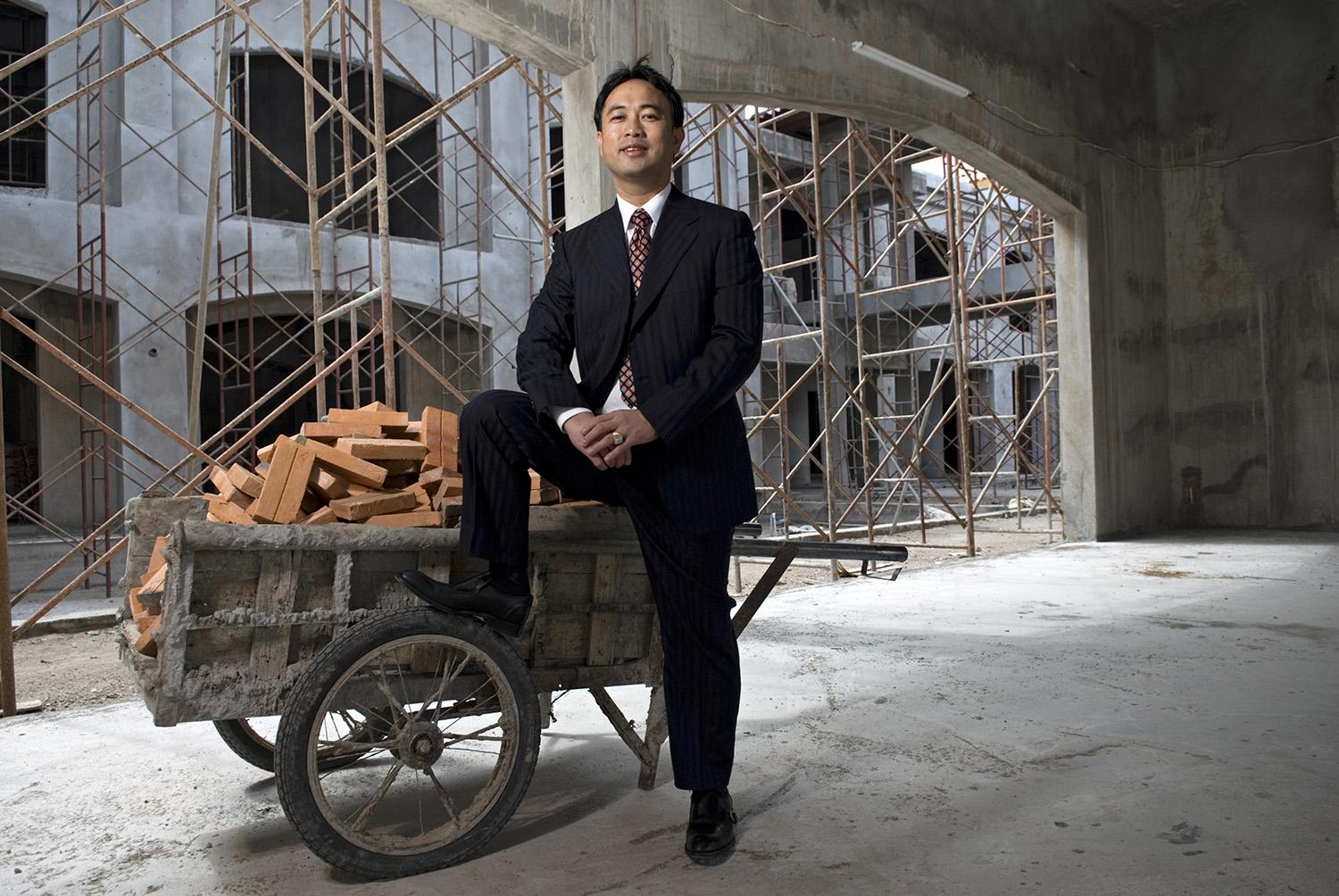 Cambodian Businessman Kith Meng
Cambodian Businessman Kith Meng
Final thoughts
So, if you get that peach of an assignment to photograph somebody famous or important, the logistics of set up and getting past the public relations people will more often than not be the hardest part. With luck, taking the actual portraits should be the easy bit.
Written by Peter Charlesworth | Peter, Co-founder of LightRocket, has worked as a professional photographer for over 35 years. Currently he works for corporate clients and business magazines specialising in portraits.
To read more helpful articles on photography, check out our blog page.
Join our growing photographer community at LightRocket and get powerful archive management and website building tools for free!
